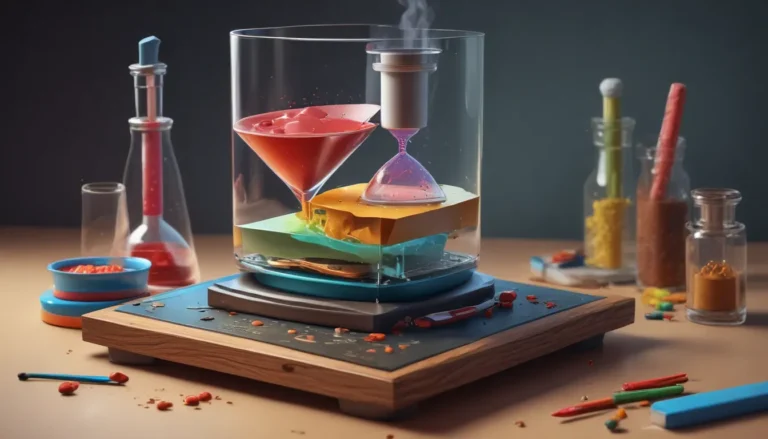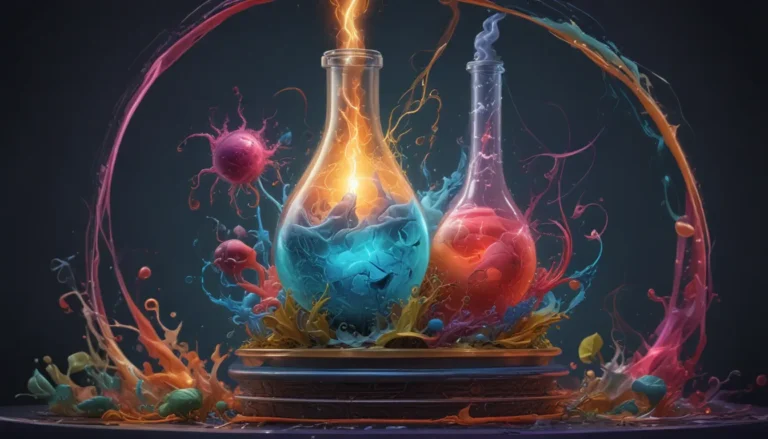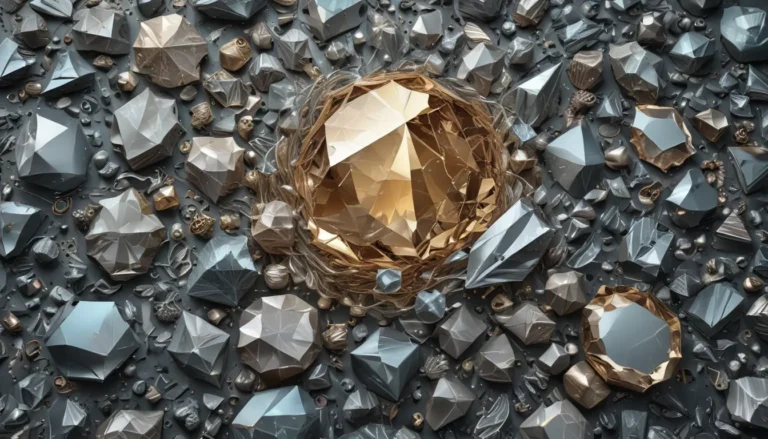A Note About Images: The images used in our articles are for illustration purposes only and may not exactly match the content. They are meant to engage readers, but the text should be relied upon for accurate information.
Krypton, a lesser-known member of the noble gas family, holds its own fascinating secrets waiting to be explored. In this article, we will delve into the intriguing world of krypton and its role in our everyday lives. Join us on a journey through the periodic table as we shed light on the remarkable characteristics and uses of this elusive element.
The Discovery and Rarity of Krypton
Krypton, like other noble gases, was first discovered in the late 19th century by Sir William Ramsay. It is characterized by its complete electron shell, making it highly stable and inert. Despite its uniqueness, krypton is present in very small quantities in the Earth’s atmosphere, making up less than 1% of the total gas composition.
The Colorful Role of Krypton in High-Intensity Discharge Lamps
One of the key applications of krypton is in high-intensity discharge lamps, commonly found in movie projectors and vehicle headlights. When electricity passes through krypton gas, it emits a bright, white light, making it ideal for illuminating various spaces with high intensity and efficiency.
Deep-Sea Diving: Utilizing Krypton for Safety
Krypton gas is also used in deep-sea diving to create a specialized breathing gas mixture that reduces the risk of decompression sickness. By mixing krypton with other gases, divers can safely explore the depths of the ocean while minimizing potential health hazards associated with sudden changes in pressure.
Radon: Understanding the Risks of Radioactive Noble Gases
It is essential to note that radon, a radioactive noble gas, poses potential health risks if exposure levels are too high. Radon is a natural byproduct of uranium decay in the Earth’s crust and prolonged exposure can increase the risk of lung cancer. It is crucial to monitor radon levels in indoor spaces to ensure safety.
Noble Gases in Space: Krypton’s Presence Beyond Earth
Like other noble gases, krypton has been detected in space, particularly in the atmospheres of celestial bodies. The presence of noble gases in space provides valuable insights into the composition and evolution of the universe, shedding light on the vast mysteries beyond our planet.
Cryogenic Applications: Krypton and its Role in Achieving Low Temperatures
Krypton, along with helium and neon, is commonly utilized in cryogenic applications due to its low boiling point. These gases are instrumental in cooling superconducting magnets in MRI machines and particle accelerators, enabling the achievement of extremely low temperatures necessary for scientific research and medical imaging.
In conclusion, krypton, while often overshadowed by more well-known noble gases, plays a crucial role in various industries and scientific endeavors. From its vital role in high-intensity lighting to its contribution to deep-sea diving safety, krypton continues to captivate scientists and researchers with its unique properties and applications.
FAQs
Q: What is krypton?
A: Krypton is a noble gas characterized by its complete electron shell, making it stable and inert. It is used in applications such as high-intensity discharge lamps and deep-sea diving.
Q: How is krypton utilized in high-intensity discharge lamps?
A: When electricity passes through krypton gas in high-intensity discharge lamps, it emits a bright, white light ideal for lighting applications in various industries.
Q: What are the risks associated with radon?
A: Radon, a radioactive noble gas, can increase the risk of lung cancer with prolonged exposure. It is important to monitor radon levels in indoor spaces to ensure safety.
Q: Where is krypton found in space?
A: Krypton, like other noble gases, has been detected in space, particularly in the atmospheres of celestial bodies. Its presence provides valuable insights into the composition and evolution of the universe.
Q: What are the cryogenic applications of krypton?
A: Krypton, along with helium and neon, is used in cryogenic applications to achieve extremely low temperatures. It is essential in cooling superconducting magnets in MRI machines and particle accelerators.
As we continue to uncover the fascinating properties and applications of krypton and other noble gases, we gain a deeper appreciation for the wonders of the natural world. Join us in exploring the limitless potential of these unique elements and the significant impact they have on modern society.






